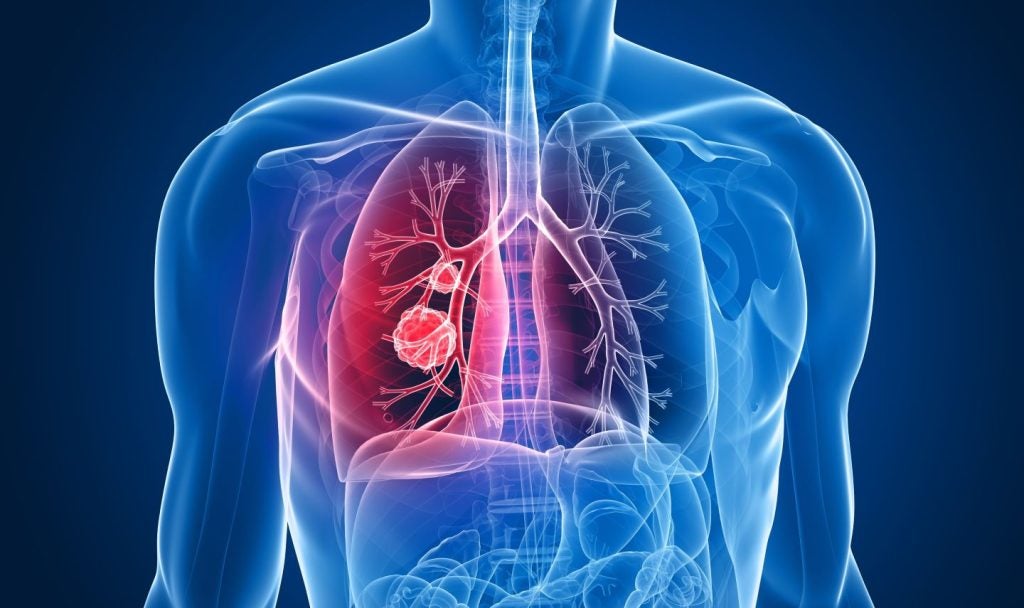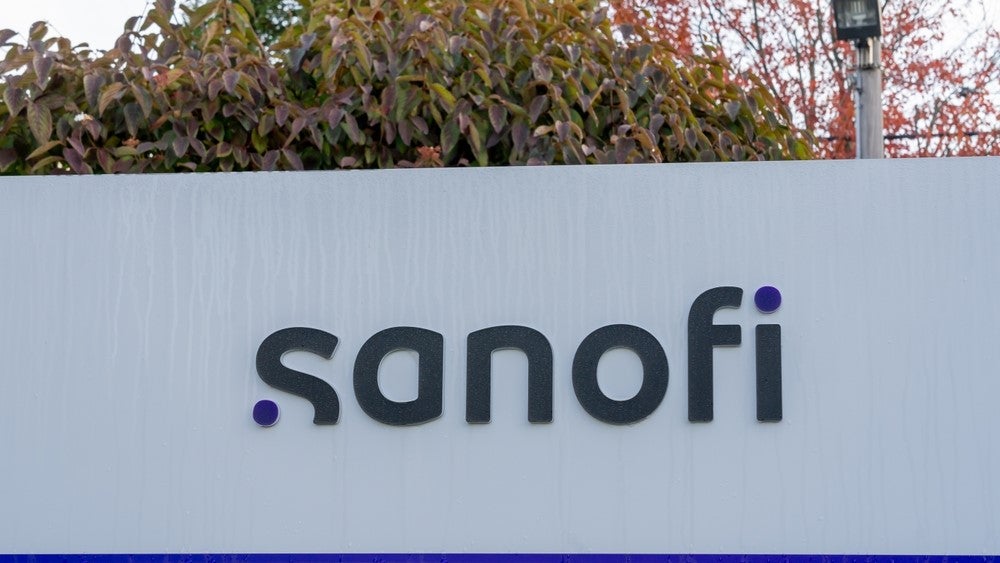
AVEO Pharmaceuticals’ ficlatuzumab with Eli Lily’s Erbitux (cetuximab) for head and neck squamous cell carcinoma (HNSCC) has experts mixed on whether the company’s proposed Erbitux-naïve population in a Phase III presents the best path forward.
- Proposed Erbitux-naïve population could have better success chances
- Erbitux-resistant population also strong option, higher unmet need
- Consensus on HPV stratification, combination arm over monotherapy
AVEO Pharmaceuticals’ ficlatuzumab with Eli Lily’s Erbitux (cetuximab) for head and neck squamous cell carcinoma (HNSCC) has experts mixed on whether the company’s proposed Erbitux-naïve population in a Phase III presents the best path forward.
One investigator said Erbitux-naïve patients—the target of AVEO’s proposed Phase III—are most likely to see initial treatment success because many patients eventually develop Erbitux resistance. But a second investigator said Erbitux-resistant patients—the target of AVEO’s completed Phase II—made more sense for the next trial due to the strong Phase II data and the higher unmet need for more advanced patients.
Still, although AVEO outlined a possible Phase III comparing the ficlatuzumab-Erbitux arm to Erbitux for Erbitux-naïve patients in a 16 June company webinar, a third investigator said focusing the trial on Erbitux-resistant patients was not out of the question. In FDA discussions AVEO plans to initiate, the company will also discuss a trial design testing the ficlatuzumab-Erbitux combination arm against investigators’ choice standard of care (SOC) in Erbitux-resistant patients, the third investigator said.
In response, an AVEO spokesperson referenced the proposed Erbitux-naïve Phase III from the webinar, adding that the exact study design and date is subject to feedback from the FDA, potential partners, and other factors such as drug supply and financial resources. The Phase III has a potential initiation date of 1H22, the company announced in the webinar.
But despite mixed opinions on the ideal populations, the three investigators agreed with the company’s plan to pursue only the ficlatuzumab-Erbitux arm and only human papillomavirus (HPV)-positive patients. They cited prior data and explained the two monoclonal antibodies (mAbs) likely work together to block epidermal growth factor receptor (EGFR).
How well do you really know your competitors?
Access the most comprehensive Company Profiles on the market, powered by GlobalData. Save hours of research. Gain competitive edge.

Thank you!
Your download email will arrive shortly
Not ready to buy yet? Download a free sample
We are confident about the unique quality of our Company Profiles. However, we want you to make the most beneficial decision for your business, so we offer a free sample that you can download by submitting the below form
By GlobalDataPhase II results (NCT03422536) presented at ASCO 2021 showed HPV-negative patients in the combination arm met its primary endpoint of progression-free survival (PFS), which these experts said was encouraging enough to warrant a Phase III (abstract no. 6015).
AVEO has a market cap of $235.7m.
Mixed views on ideal patient population
Because patients with HNSCC who are resistant to Erbitux have typically undergone extensive prior therapies, including chemo and Erbitux, they would be more likely to succeed on the ficlatuzumab-Erbitux treatment when they have not yet been exposed to Erbitux, the first investigator said. In the AVEO webinar, the company stated it is evaluating a potential Phase III for patients with relapsed/metastatic HNSCC who are Erbitux-naïve, and who have failed at least one prior line of systemic therapy with checkpoint inhibitor therapy and chemo or were ineligible for either.
But there is a high unmet need for patients who failed Erbitux, and Phase II data for this population suggests this later-stage population offers a route to a successful Phase III, the second investigator said. In Phase II results presented at ASCO 2021, patients on the ficlatuzumab-Erbitux combination arm (n=32), all of whom were Erbitux-resistant, had a median progression-free survival (mPFS) of 3.6 months and overall response rate (ORR) of 19% (abstract no. 6015).
As a result, AVEO should consider a proof-of-concept study for this same population, testing the ficlatuzumab-Erbitux combination against investigator’s choice SOC for Erbitux-resistant patients, the second investigator said. For these patients, there are very few treatment options, so SOC could include Woburn, Massachusetts-based Azurity Pharmaceuticals’ Xatmep (methotrexate) or an immunotherapy. In addition, because Erbitux-resistant patients have much quicker disease progression, this trial design could gather data more rapidly than the design AVEO outlined in its webinar, the third investigator added.
The AVEO webinar stated that its potential trial for the Erbitux-naïve population could enrol approximately 400 patients, randomized 1:1 between Erbitux and the ficlatuzumab-Erbitux combination, and use PFS as its primary endpoint. Nevertheless, the third investigator said both trial designs would be on the table when AVEO initiates discussions with the FDA for feedback on if and how to proceed with a Phase III.
Consensus on HPV status, use of combo
Going forward, HPV-negative patients should be the subject of any future study of ficlatuzumab, the investigators said, in line with AVEO’s plans. In general, EGFR inhibition is favoured by the HPV-negative group, and the stratified Phase II data between the HPV-negative and HPV-positive groups supports this hypothesis, the second investigator explained.
In the Phase II, there were no responses in HPV-positive patients (n=26), but six responses—including two complete responses—among the 16 HPV-negative patients taking the ficlatuzumab-Erbitux combination, the ASCO abstract stated. While the Phase II included almost all types of head and neck cancers, the Phase III would likely favour nonoropharyngeal squamous cell carcinomas, which tend to be associated with HPV-negativity, the second investigator added.
In addition, the combination of the two mAbs, ficlatuzumab and Erbitux, has strong mechanistic rationale and supporting prior data, the first investigator said. Erbitux works by inhibiting EGFR, a protein associated with cancer cells, she explained. But when Erbitux inhibits EGFR signalling, then other signalling pathways—including hepatocyte growth factor (HGF) —can upregulate to compensate and diminish Erbitux’s effect, she added. Ficlatuzumab inhibits HGF, indicating the two mAbs could work in tandem to more completely block the eGFR pathway, she explained.
Furthermore, data from previous studies supports the Phase II findings for the combination arm, the second investigator continued. In a 13-patient Phase I (NCT02277197), the combo of ficlatuzumab and Erbitux in Erbitux-resistant patients had a PFS of 5.4 months and a confirmed ORR of 17% (Baumann, J, et al. Cancers (Basel), 11 June 2020).
With regards to safety, ficlatuzumab was well-tolerated for the pan-refractory patient class, the investigators agreed. In the Phase II, the most common ficlatuzumab-related adverse events (AEs) of Grade 3 or higher were edema in three patients, pneumonitis in two patients, rash in two patients and electrolyte abnormality in two patients, the abstract stated.
Two fatalities occurred—one from pneumonitis and one from a sudden cardiac event—that were considered possibly linked to the treatment, the third investigator said. Pneumonitis is a known class toxicity of inhibiting the HGF pathway that will need to be monitored, but the pneumonitis events observed were not outside the expectation for the class, she explained. The sudden cardiac event was likely linked to Erbitux, which has a black box warning for “cardiopulmonary arrest and/or sudden death,” she added.
William Newton is a Healthcare Reporter for Clinical Trials Arena parent company GlobalData’s investigative journalism team. A version of this article originally appeared on the Insights module of GlobalData’s Pharmaceutical Intelligence Center. To access more articles like this, visit GlobalData.








Related Company Profiles
AVEO Pharmaceuticals Inc